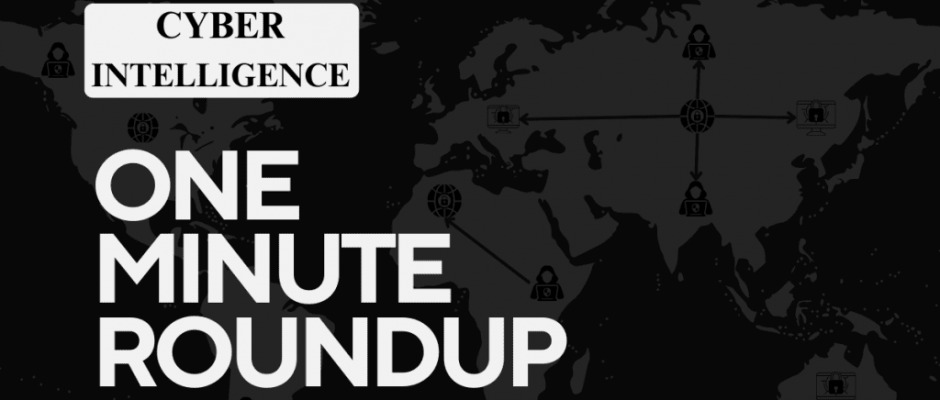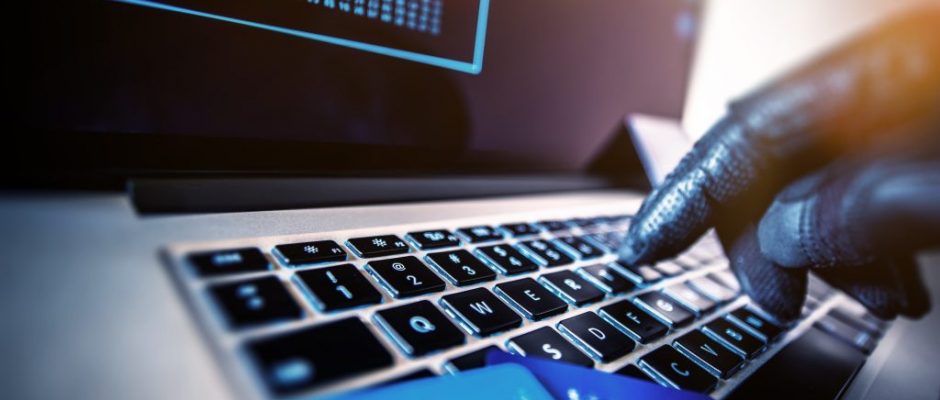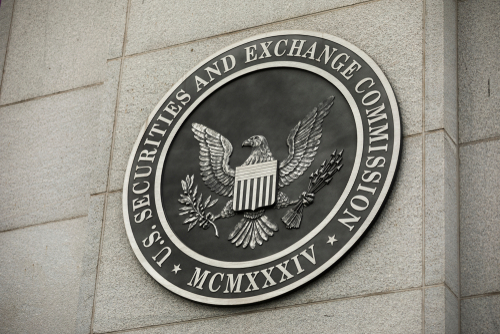LockBit Resurfaces After Takedown – February 26th
Arriving days after law enforcement agencies took down LockBit’s servers, the ransomware gang resurfaces with a new data leak portal on the dark web.
On a public announcement of their re-launch, a LockBit administrator disclosed that their websites were confiscated, however, their operations recovered due to backup servers.









